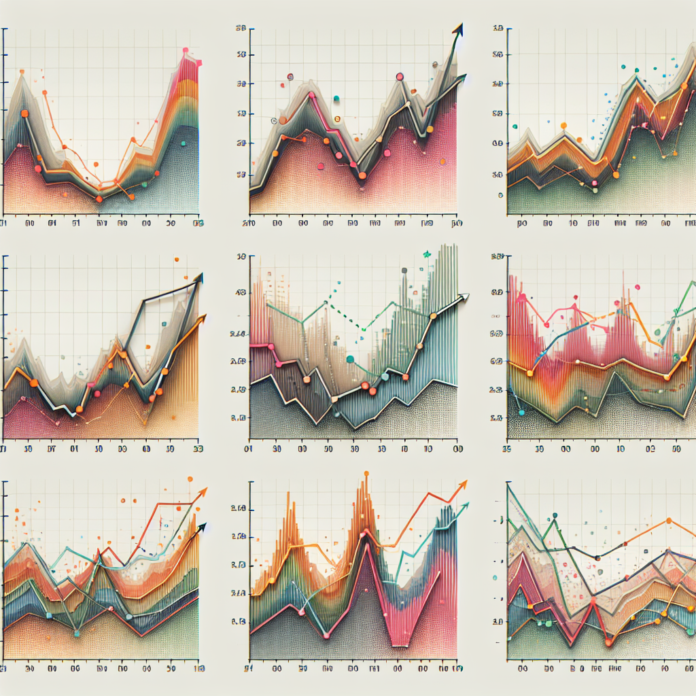Introduction:
The COVID-19 pandemic has disrupted economies worldwide, leading to unprecedented government interventions and changing consumer behaviors. As countries rebound from the crisis, the global economy is grappling with inflationary pressures. In this article, we will explore the factors contributing to inflation in the post-pandemic economy and provide links to companies that offer insights and solutions in this area.
- Demand-Supply Imbalances:
The post-pandemic economy has witnessed significant disruptions to both demand and supply factors, contributing to inflationary pressures:
- Pent-Up Demand: As economies reopen, consumers are eager to make up for lost time and engage in discretionary spending. This surge in demand, particularly in sectors such as travel and hospitality, can push prices higher due to increased competition for limited supplies.
- Supply Chain Disruptions: The global supply chain experienced significant disruptions during the pandemic, impacting the availability and cost of goods and services. Bottlenecks and shortages can result in higher input costs for businesses, which may pass on these increased expenses to consumers.
To understand the impact of demand-supply imbalances on inflation in the post-pandemic economy, consider the following resources:
- McKinsey & Company: McKinsey provides research and insights into economic trends and market dynamics. Their reports can offer valuable perspectives on the impact of demand-supply imbalances on inflation.
Website: www.mckinsey.com
- Oxford Economics: Oxford Economics offers research and analysis on macroeconomic trends. Their expertise can help understand the factors driving inflation in the post-pandemic economy.
Website: www.oxfordeconomics.com
- Government Stimulus Measures:
Government responses to the pandemic, such as fiscal stimulus and accommodative monetary policies, can also contribute to inflationary pressures:
- Increased Money Supply: Central banks across the world implemented measures to support economies, including quantitative easing and low-interest rates. This influx of money supply can potentially fuel inflation if not properly managed.
- Supply-Demand Mismatch: Government stimulus measures aimed at boosting demand can lead to a mismatch between supply and demand as businesses struggle to keep pace with increased consumer spending. This situation can elevate prices and contribute to inflation.
To gain a deeper understanding of the impact of government stimulus measures on inflation, consider the following resource:
- Federal Reserve: The official website of the Federal Reserve offers economic research and publications on monetary policy and inflation. It can provide insights into the role of government interventions in inflationary pressures.
Website: www.federalreserve.gov
Conclusion:
Inflationary pressures in the post-pandemic economy are a complex and evolving phenomenon. Demand-supply imbalances and disruptions to the global supply chain are contributing factors, as pent-up demand clashes with limited supplies. Additionally, government stimulus measures aimed at supporting economies can potentially fuel inflation. Companies like McKinsey & Company and Oxford Economics offer in-depth research and insights into the factors driving inflation in the post-pandemic economy. For a better understanding of the impact of government interventions, the Federal Reserve’s website provides valuable information on monetary policy and inflation.
Disclaimer: The external links provided in this article are for reference purposes only, and their inclusion does not signify endorsement or affiliation with the companies mentioned. Always exercise caution when visiting external websites and consult with reputable economic sources for personalized advice on inflationary pressures in the post-pandemic economy.




 AGF-B.CO
AGF-B.CO